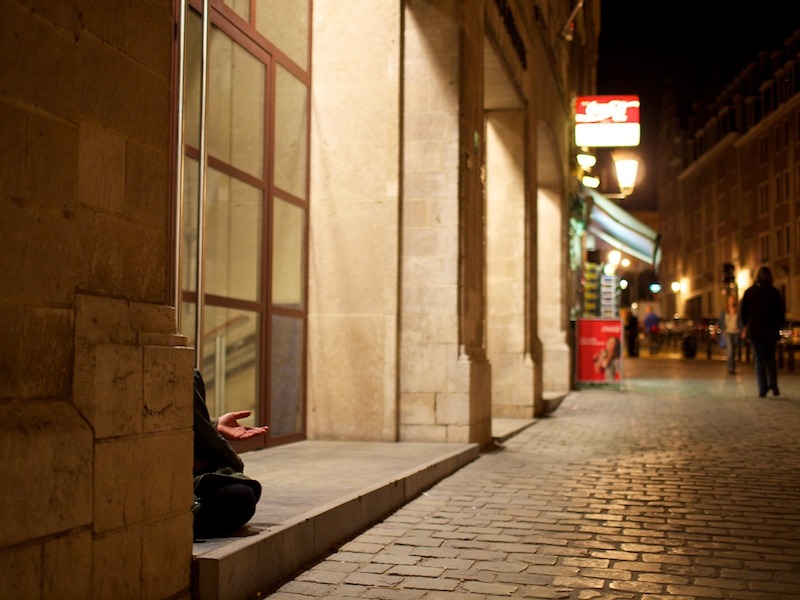Figures published today by Eurostat, EU’s statistics office, on the occasion of the International Day for the Eradication of Poverty, show that 117.5 million people, or 23.4% of the population in EU, were at risk of poverty or social exclusion in 2016. The proportion has continuously decreased since 2012 when it reached almost 25 %. The at-risk-of-poverty rate is the share of people whose total household income that is available (after social transfers, tax and other deductions) for spending or saving is below the at-risk-of-poverty threshold, which is set at 60% of the national median equalized disposable income after social transfers.
The reduction of the number of persons at risk of poverty or social exclusion in the EU is one of the key targets of the Europe 2020 strategy. The strategy was adopted in 2010 and aims at reducing the number of people at risk of poverty or social exclusion by at least 20 million fewer people by 2020.
According to Eurostat’s figures the number was about 118 000 million in 2010. This means that it would have to fall well below 100 million in the coming three years to reach the target.
In its stocktaking of the Europe 2020 strategy, the European Commission acknowledges there is no sign of a rapid improvement in the situation and expresses a concern that ‘the situation is particularly aggravated in certain Member States, reckoning that ‘the crisis has demonstrated the need for effective social protection systems’.
At EU level, the proportion of the total population being at risk of poverty or social exclusion in 2016 (23.4%) decreased by only 0.3 percentage points from 2008.
The poverty rate has grown from 2008 in ten Member States, with the highest increases being recorded in Greece (from 28.1% in 2008 to 35.6% in 2016, or +7.5 percentage points), Cyprus (+4.4 pp), Spain (+4.1 pp) and Sweden (+3.4 pp). In contrast, the largest decrease was observed in Poland (from 30.5% to 21.9%, or -8.6 pp), followed by Latvia (-5.7 pp) and Romania (-5.4 pp). In Belgium the poverty rate stands at 21.1 %.
More than a third of the population was at risk of poverty or social exclusion in three Member States: Bulgaria (40.4%), Romania (38.8%) and Greece (35.6%). At the opposite end of the scale, the lowest shares of persons being at risk of poverty or social exclusion were recorded in the Czech Republic (13.3%), Finland (16.6%), Denmark (16.7%) and the Netherlands.
Overall in EU, 7.5% of the population were severely materially deprived, meaning that they had living conditions constrained by a lack of resources such as not being able to afford to pay their bills, keep their home adequately warm, or take a one week holiday away from home. The share of those severely materially deprived in 2016 varied significantly among Member States,
Looking at low work intensity, 10.4% of the population aged 0-59 in the EU lived in households where the adults worked less than 20% of their total work potential during the past year.
M. Apelblat
The Brussels Times

